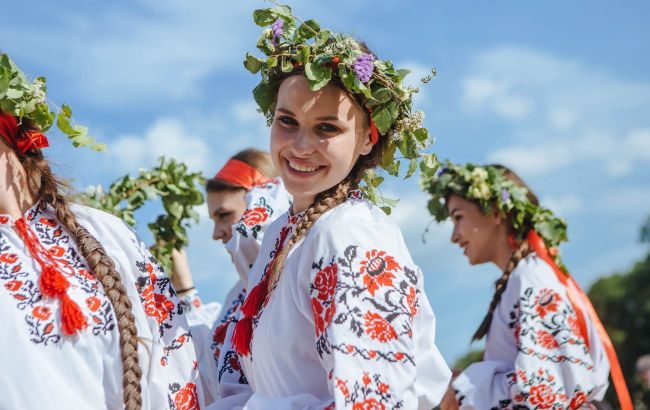Hidden pagan roots of Ukraine's most celebrated modern holidays
 Which pagan holidays do Ukrainians still celebrate today (photo: Getty Images)
Which pagan holidays do Ukrainians still celebrate today (photo: Getty Images)
Ancient pagan traditions did not disappear after the Christianization of Rus. Many rituals and holidays dating back to pre-Christian times were organically incorporated into the new religious system, preserving archaic symbols. Today, they have become an integral part of Ukrainian culture and the calendar.
Kupala
The summer solstice festival is one of the most vivid pre-Christian rituals. It symbolizes the union of fire and water, fertility, and purification. Jumping over bonfires, searching for the fern flower, and floating wreaths on water have survived as elements of folk celebrations.
Koliada
A winter holiday dedicated to the birth of the new sun, which, after the adoption of Christianity, merged with Christmas. Caroling, visiting houses, and symbolic dishes are direct echoes of ancient rituals.
 Some modern Ukrainian holidays originate from pre-Christian times (photo: Getty Images)
Some modern Ukrainian holidays originate from pre-Christian times (photo: Getty Images)
Masnytsia (Maslenytsia)
A festival marking the farewell to winter and the arrival of spring. Ancient Slavs honored the Sun, burned straw effigies, and held lavish feasts. Today, these traditions remain as a festive week before Lent.
Green Holidays (Trinity)
Originally, it was about honoring plant spirits and ancestors. Decorating homes with branches and holding ritual dances in the groves are rooted in the pre-Christian traditions of the modern Trinity holiday.
 Some Ukrainian holidays date back to pre-Christian times (photo: Getty Images)
Some Ukrainian holidays date back to pre-Christian times (photo: Getty Images)
Harvest rituals
The harvest festival has long been an important part of the annual cycle. Today, in villages, customs such as "twisting the beard" of the last sheaf and holding harvest celebrations are still preserved.
You may be interested in:
- Where our ancestors prayed before the Christianization of Rus
- What a pokut is and why it must never be touched
Sources: Encyclopedia of the History of Ukraine, Institute of History of NASU, Institute of Folklore Studies of NASU

